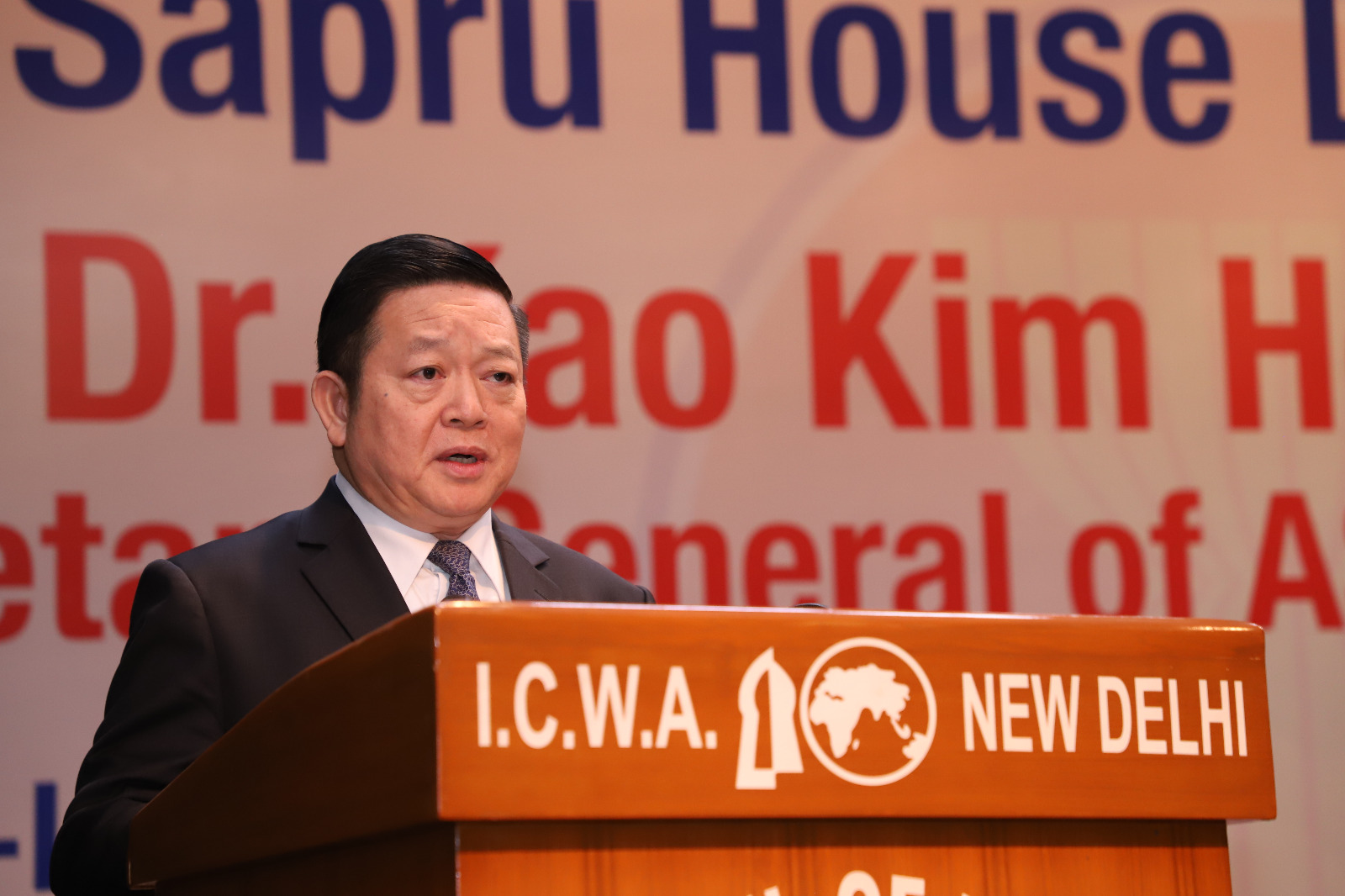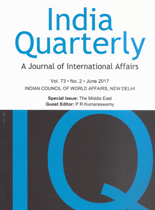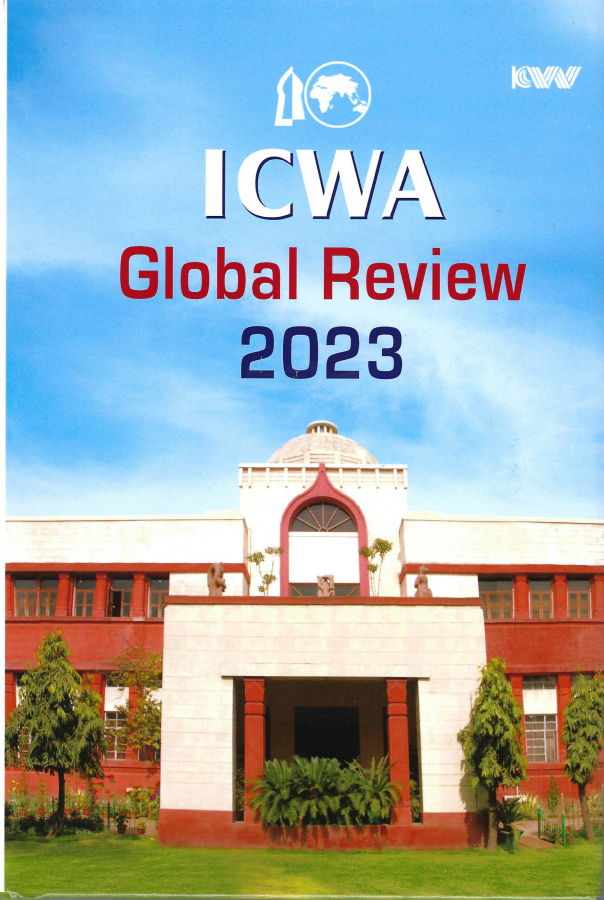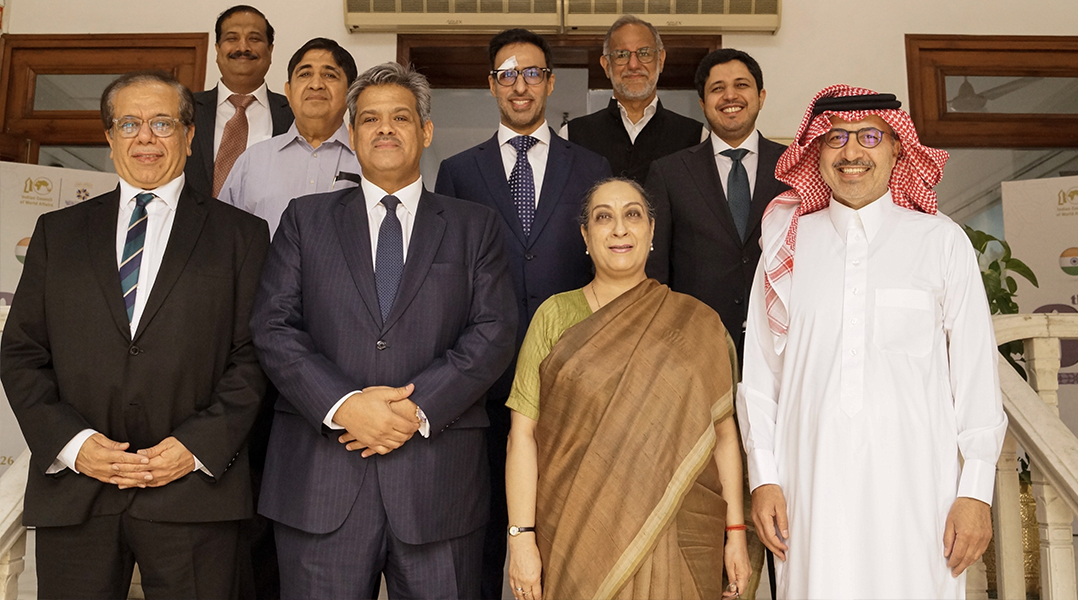
Indian Council of World Affairs
Sapru House, New DelhiSearch






























In Focus
-
 Sapru House Paper (SHP) discussion on “Changing Foreign Policy of Smaller Gulf States: A Case Study of the Oman” written by Dr. Lakshmi Priya, Research Fellow, ICWA, 30 April 2024
Sapru House Paper (SHP) discussion on “Changing Foreign Policy of Smaller Gulf States: A Case Study of the Oman” written by Dr. Lakshmi Priya, Research Fellow, ICWA, 30 April 2024
-
 Read latest ICWA Special Publication on ‘Deciphering Northeast Asia’s Complex and Evolving Landscape: Quest for Regional Stability: An ICWA Conversation’ 10 April 2024
Read latest ICWA Special Publication on ‘Deciphering Northeast Asia’s Complex and Evolving Landscape: Quest for Regional Stability: An ICWA Conversation’ 10 April 2024
President ICWA

Director General ICWA

ICWA Analysis
Disclaimer: The views and opinions expressed in all publications of the Indian Council of World Affairs (ICWA) are of the members of the Research Faculty and do not reflect the opinions of the Council or any of its office bearers.

2024
Avni Sablok
Under India’s G20 Presidency, member nations unanimously endorsed the creation of a Working Group on Empowerment of Women under the New Delhi...
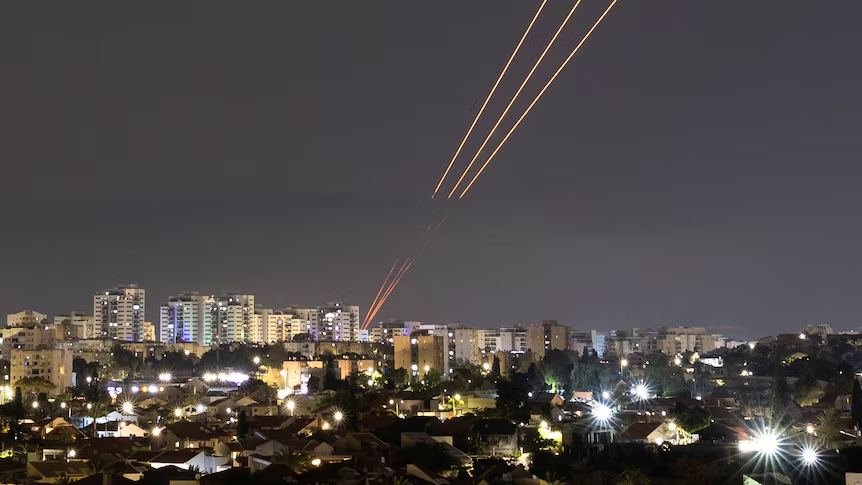
2024
Dr. Lakshmi Priya
Claiming the right to self-defence under Article 51 of the UN Charter, Iran launched more than 300 drones and missiles against Israel on April 13–14,...
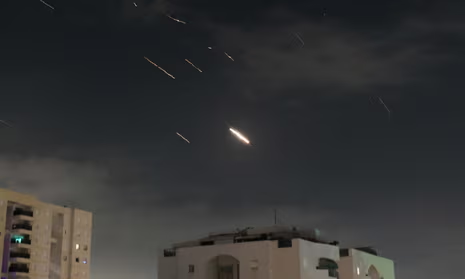
2024
Dr. Arshad
On April 13, 2024, Iran launched attacks inside Israel through drones, cruise missiles and ballistic missiles. Israel was successful in intercepting and...

2024
Dr. Fazzur Rahman Siddiqui
It was almost 13 years ago when a small protest in the town of Dara (Syria), soon galvanized into a full-fledged civil war in Syria, causing heavy bloodshed...
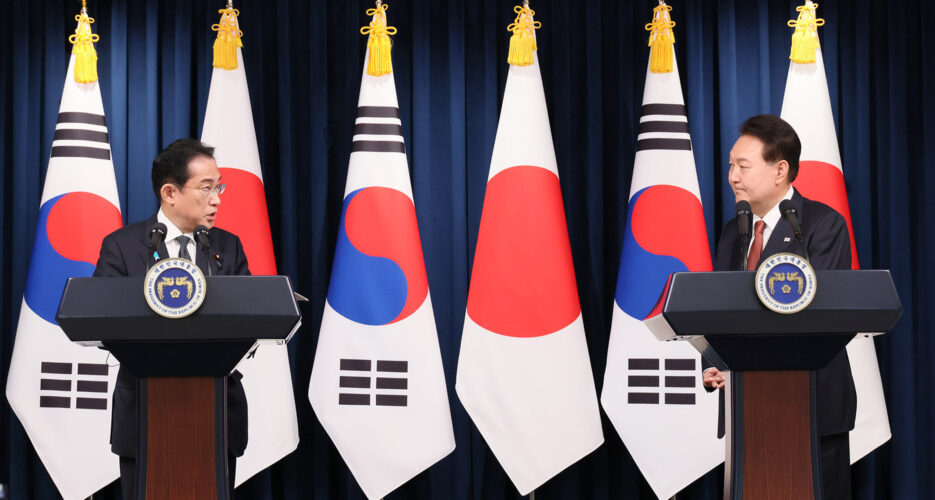
2024
Dr. Tunchinmang Langel
From 1 January 2023, Japan started its two-year term (2023-24) as one of the 10 elected non-permanent members of the United Nations Security Council...
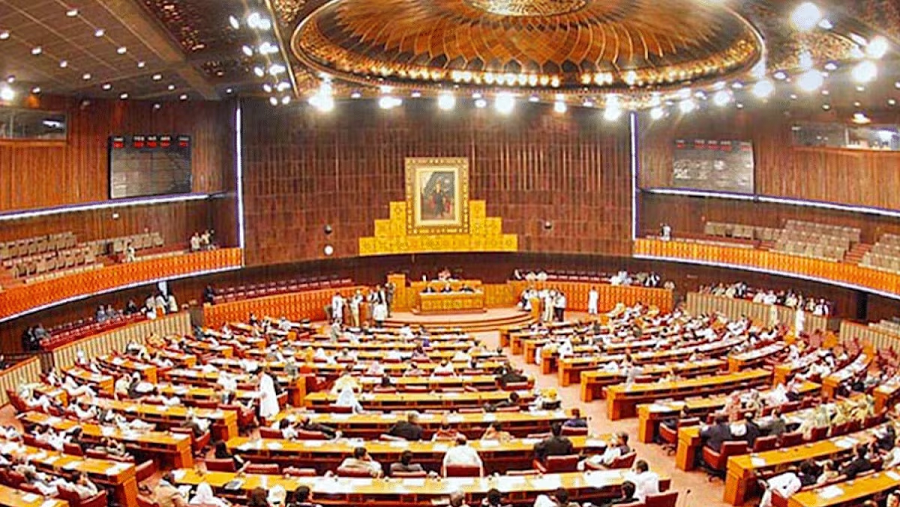
2024
Dr. Dhrubajyoti Bhattacharjee
The 14th Pakistani National Assembly elections was held on February 8, 2024. Like the past, this election too, was politically engineered. Elections were...
-
 Media Release on Conclusion of Memorandum of Understanding between Indian Council of World Affairs (ICWA) and Gautam Buddha University (GBU), 27 March 2024
Media Release on Conclusion of Memorandum of Understanding between Indian Council of World Affairs (ICWA) and Gautam Buddha University (GBU), 27 March 2024
-
 Media Release on Conclusion of Memorandum of Understanding between Indian Council of World Affairs (ICWA) and Maharashtra National Law University (MNLU), Nagpur, 7 March 2024
Media Release on Conclusion of Memorandum of Understanding between Indian Council of World Affairs (ICWA) and Maharashtra National Law University (MNLU), Nagpur, 7 March 2024
-
 Special Remarks by Paramita Tripathi, Joint Secretary (Indo-Pacific), Ministry of External Affairs, Government of India at ICWA Panel Discussion on ‘Securing the Indian Ocean Region: Towards a Cooperative Sustainable, Prosperous and Peaceful Region’ held on the occasion of the IORA Day, 7 March 2024
Special Remarks by Paramita Tripathi, Joint Secretary (Indo-Pacific), Ministry of External Affairs, Government of India at ICWA Panel Discussion on ‘Securing the Indian Ocean Region: Towards a Cooperative Sustainable, Prosperous and Peaceful Region’ held on the occasion of the IORA Day, 7 March 2024
- Transcript of Special Lecture by H.E. Sihasak Phuangketkeow, Vice Minister for Foreign Affairs, Thailand, 26 February 2024
Sapru House Lectures
Sapru House Live Webcast Archive
ICWA Guest Column
- ‘Emerging Technologies and Indian Diplomacy: Artificial Intelligence, Semiconductors,...
Shashi Shekhar Vempati, Dr. Bhaskar Balakrishnan and Prof. Parmeshwar Krishnan Iyer, 17, January 2024
- 'Management of Ocean Space Around India and the High Seas Treaty'
Dr. Bhaskar Balakrishnan, 12, January 2024
- ‘G20 and Disaster Risk Reduction’
Lt Gen Syed Ata Hasnain (Retd), Member, National Disaster Management Authority, Government of India, 12, January 2024

ICWA Journal

ICWA Special Publications
ICWA Special Publications comprise papers on issues of foreign policy and International relations mostly written by external experts which are published and printed for the benefit of scholars, academics, policy-makers and practitioners. ICWA Special Publications may also comprise transcripts of conversations at ICWA.

Sapru House Papers (SHP)
Sapru House Paper is a flagship publication of ICWA deriving its name from ICWA's Founder-President Sir Tej Bahadur Sapru. It is a refereed paper on contemporary foreign policy issues impacting India intended for scholars, policymakers and practitioners.
ICWA Books
ICWA Global Review 2023; ICWA (2024)-







